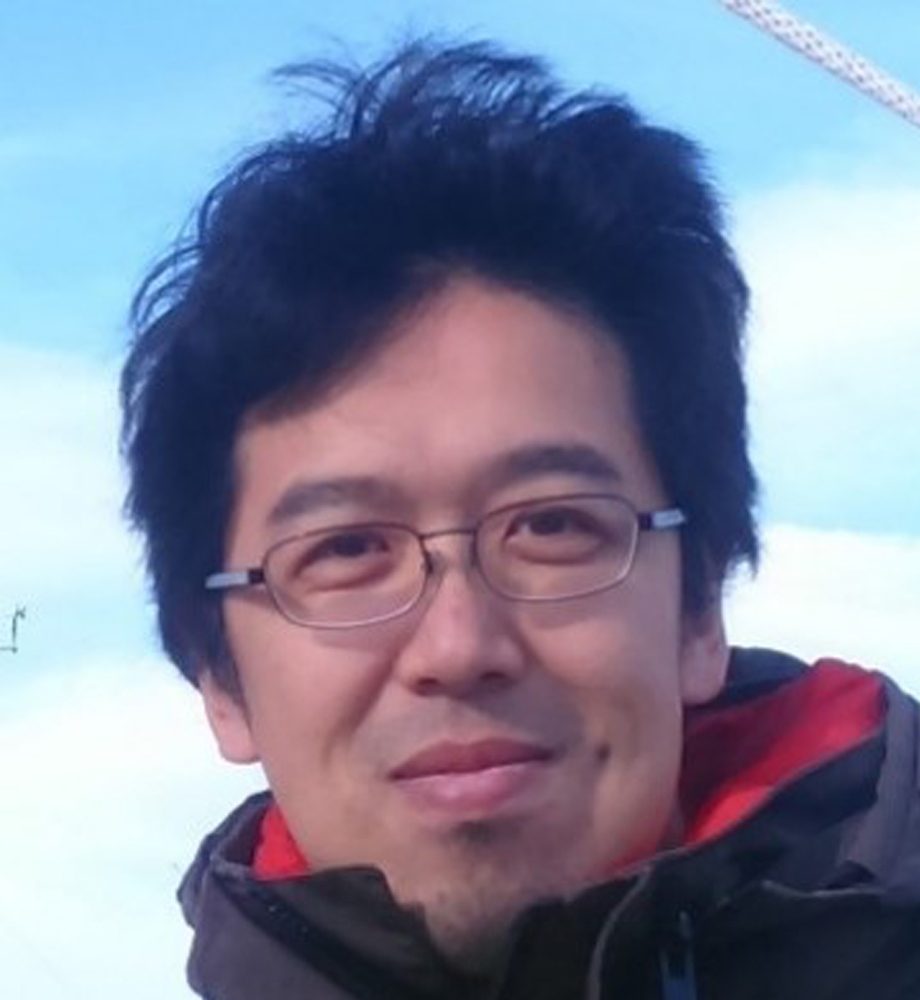

Hsiao, Ta-Chih蕭大智
Joint Appointment Associate Research Fellow
Research Interests
My current research interests include Measurement and Monitoring of Particulate Matter, Aerosol Filtration and Separation Technologies, Particle Instrumentation and Characterization, Nanoparticle Generation and Physics, Aerosol and Cloud Microphysics, Health Effects of Particulate Matters.
Representative Publications
Ta-Chih Hsiao*, Angela Yu-Chen Lin, Wan-Chien Lien, Yen-ChingLin (2019). Size distribution, biological characteristics and emerging contaminants of aerosols emitted from an urban wastewater treatment plant. Journal of Hazardous Materials.
Ta-Chih Hsiao*, Da-Ren Chen, (2019). Modeling of the Transitional Pressure Drop of Fibrous Filter Media Loaded with Oil-coated Particles. Aerosol and Air Quality Research, 19(7): 1625-1635.
Hung-Li Wang, Hsin Yeh, Bin-Han Li, Chia-Her Lin, Ta-Chih Hsiao*, De-Hao Tsai, (2019). Zr-Based Metal-Organic Framework Nanocarrier for the Controlled Release of Ibuprofen. ACS Applied Nano Materials, 3329-3334.
Shiro Hatakeyama, Yasuhito Igarashi, Johannes Stahelin, Gannet Hallar, Ta-Chih Hsiao, Daniel A Jaffe, (2019). Preface to Special Issue-Atmospheric Chemistry and Physics at Mountain Sites 2017. Aerosol and Air Quality Research, 19(6): i-i.
Po-Kai Chang, Ta-Chih Hsiao*, Guenter Engling, Jyh-Chen Chen (2019). Computational fluid dynamics study of the effects of flow and geometry parameters on a linear-slit virtual impactor for sampling and concentrating aerosols. Journal of Aerosol Science, 131: 28-40.
Yung-Ho Hsu, Hsiao-Chi Chuang, Yu-Hsuan Lee, Yuh-Feng Lin, Yi-Jie Chen, Ta-Chih Hsiao, Mei-Yi Wu, Hui-Wen Chiu (2019). Traffic-related particulate matter exposure induces nephrotoxicity in vitro and in vivo. Free Radical Biology and Medicine, 135: 235-244.
Ta-Chih Hsiao*, Guenter Engling, Po-Yan Chang, Po-Kai Chang, Ming-Tung Chuang (2019). Effect of flow rate on detection limit of particle size for a steam-based aerosol collector. Atmospheric Environment, 202, 160-166.
Chi-Hsiang Shih, Jen-Kun Chen, Li-Wei Kuo, Kuan-Hung Cho, Ta-Chih Hsiao, Zhe-Wei Lin, Yi-Syuan Lin, Jiunn-Horng Kang, Yu-Chun Lo, Kai-Jen Chuang, Tsun-Jen Cheng, Hsiao-Chi Chuang (2018). Chronic pulmonary exposure to traffic-related fine particulate matter causes brain impairment in adult rats. Particle and Fibre Toxicology, 15, (1), 44..
Kin-Fai Ho, Kuan-Che Wu, Xinyi Niu, Yunfei Wu, Chong-Shu Zhu, Feng Wu, Jun-Ji Cao, Zhen-Xing Shen, Ta-Chih Hsiao, Kai-Jen Chuang, Hsiao-Chi Chuang (2018). Contributions of local pollution emissions to particle bioreactivity in downwind cities in China during Asian dust periods. Environmental Pollution, 245, 675-683..
Ta-Chih Hsiao*, Li-Hao Young, Yu-Chun Tai, Po-Kai Chang (2018). Effects of temperature, pressure, and carrier gases on the performance of an aerosol particle mass analyser. Atmos. Meas. Tech., 11, (8), 4617-4626.
Highlights
Volatility, Effective Density and Oxidative Potential of Aerosol Particles in The Urban Area In recent years, the toxicological mechanisms of PM-related health effects are thought to involve the generation of reactive oxygen species (ROS) derived from particulate matter (PM), since it could induce oxidative stress and cause cellular damages. Oxidative potential (OP), defined as a measure of the capacity of particles to oxidize target molecules, can be viewed as the ability to generate ROS. Thus, OP is generally used as an indicator to quantify the potential toxicity of PM and to study the correlation between PM’s physiochemical characteristics and human health. Volatility, effective density and OP are intercorrelated and dynamically evolving with time in the ambient environment. However, these aerosol properties have not been examined simultaneously in a roadside environment with a significant fraction of motorcycles in the vehicle fleet as is typical of Southeast Asia. To explore the volatility, oxidation potential, and effective density of aerosol particles, a monitoring station was established and located at the Graduate Institute of Environmental Engineering, National Taiwan University (25.02 oN, 121.54 oE), Taipei, Taiwan. It is adjacent to the main street and right at the crossing interception.
Physical, Chemical and Biological Characteristics of Aerosol Particle Emitted from an Urban Wastewater Treatment Plant Nowadays, Waste Water Treatment Plant (WWTP) is a crucial facility of maintaining the quality of natural water resources, and it is increasingly important for developing alternative urban water sources through reuse practice. However, through discharging, mixing, aerating, and spraying of sewage, significant amounts of bioaerosols and particulate matters can be produced during the wastewater treatment process and pose a high health risk to workers[1]. The risks associated with exposure to emissions from WWTPs should call for more research, stronger regulatory frameworks and safer design consideration. Secondly, in response to the presence of antibiotics in the wastewater, the bacterial generation could be stimulated to evolve with antibiotic resistance genes (ARGs). Although antibiotic resistance bacteria (ARB) and ARG have been found in the water sampled in WWTPs, only few researches on exploring the ARG and ARB in air samples. This work expose that the potential risk of inhalation exposure of emerging contaminants (solely PM1.0) and bio-aerosols (mostly in PM2.5-10) in the WWTPs should not be neglected, and these effects certainly merit urgent investigations. Reference : [1]. Hsiao et al. 2020

(02) 3366-4401
tchsiao@ntu.edu.tw